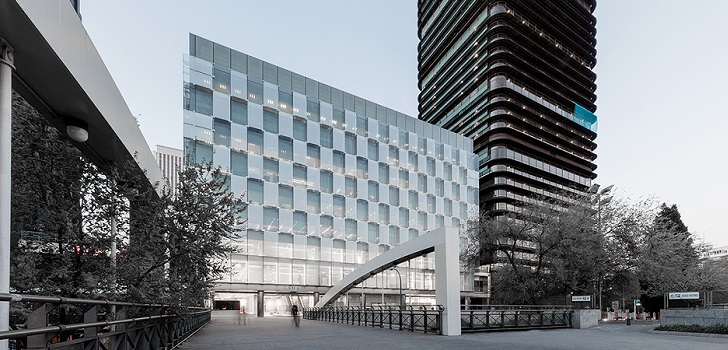Business transformation hits Inditex on second quarter: single-digit growth and weakening gross margin
The Spanish giant, owner of Zara, registered one of the poorest financial performances in recent years during the second quarter of fiscal 2018.

Inditex avoids the obstacles of a changing business model that hit other major fashion retailers, while going on with its transformation process. The Spanish group, owner of Zara, registered in the second quarter of fiscal 2018 one of the poorest performances in recent years. The company accumulates five consecutive quarters of single-digit growth, as gross margin also shrinks.
Margin is one of the indicators that analysts follow with a greater devotion, due to the impact that it can have on the rise of online business volume, as well as currencies or weather conditions. In 2011, Inditex’s gross margin was 59.3%; in 2014, 58.3% and in the fourth quarter of 2017, 53.4%.
At the end of the first half of fiscal 2018, the group’s gross margin rose to 6.82 billion euros, 4% higher than in the previous year, standing at 56.7% of sales. In the second quarter, however, the margin was 54.7%, down from 58.9% in the first quarter but in line with the 54.8% share posted in the second quarter of 2017.
Inditex has registered a gross margin of 54.7% in the second quarter
In addition to gross margin, the second quarter has been certainly weak for Zara’s parent company analysing other variables, although growth rates were better than in the previous quarter. Inditex increased its sales by 4.41% in the second quarter to 6.4 billion euros, which represents its lowest rise in a second quarter at least since 2012.
Even so, the upsurge has been enough to compensate for the weak growth of the first quarter, when the group grew 1.53%. The company’s revenues are raising to single digits for five quarters in a row, after ending up in 2017 thirty months of increases above 10%.
All in all, the impact of this slowdown will be moderate, since the second quarter is not the one that contributes the most to the group’s turnover. Inditex generated 6.4 billion euros in the second quarter, below the over 7 billion euros that it obtained, for example, in the last quarter of last year.
The weight of the second quarter on the whole fiscal year is limited, as it isn’t one of the strongest ones in terms of revenues
Net profit rose 4.07% in the second quarter to 741 million euros, up from 1.42% in the second quarter of last year; 2.74% in the third and 2.1% of the first quarter of 2018.
Inditex’s sales evolution occurs amidst the group’s on-going transformation process, which had also an impact on its store count. The company has been immersed since 2012 in a project to optimize its store network, which has led to a reduction of brick-and-mortar shops worldwide for the first time.
The company has already registered three consecutive quarters with net closures, with 82 points of sale less: 29 in the fourth quarter of 2017, 27 in the first quarter of this fiscal year and another 26 closured in the second one. At the same time, Inditex is enlarging some stores, while continuing to bet on flagship stores in key shopping streets worldwide. As a result, the company plans to end 2018 with a 6% increase on selling space year-on-year.


info@themds.com
Validation policy for comments:
MDS does not perform prior verification for the publication of comments. However, to prevent anonymous comments from affecting the rights of third parties without the ability to reply, all comments require a valid email address, which won’t be visible or shared.
Enter your name and email address to be able to comment on this news: once you click on the link you will find within your verification email, your comment will be published.